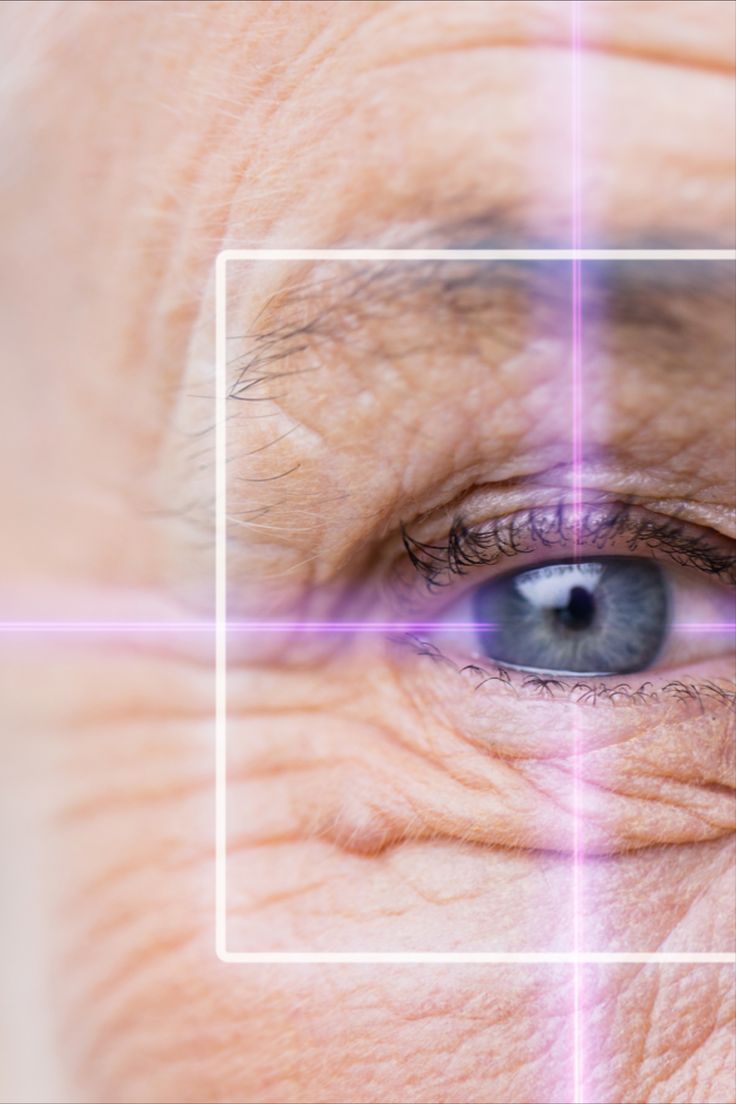Glaucoma Kala Motia

Our Treatment Facilities
At Dr. Daljit Singh Eye Hospital, we offer comprehensive care for glaucoma, backed by state-of-the-art equipment and over three decades of experience in eye care. Our advanced diagnostic tools include Automated Visual Field Analyzers, Optical Coherence Tomography (OCT), Applanation and Non-Contact Tonometers, and Retinal Nerve Fiber Layer Scanners, enabling accurate diagnosis and continuous monitoring.
- Diagnostic Tools: Perkins and Puff Tonometers, Carl Zeiss Field Analyzers, Swept-Source OCT for nerve fiber imaging, and Indirect Ophthalmoscopes.
Treatment Options
- Minimally Invasive Glaucoma Surgery (MIGS) using Plasma Knife
- Glaucoma Valve Implantation for advanced cases
What Is Glaucoma?
Like tire pressure, your eye maintains fluid pressure known as Intraocular Pressure (IOP). Normal IOP ranges from 15–22 mmHg. When drainage is impaired and pressure builds up, the optic nerve is damaged—this defines glaucoma. Over time, this leads to gradual vision loss and possibly permanent blindness.
Why Does Pressure Build Up?
Fluid (aqueous humor) is constantly produced and drained from the eye to maintain normal eye pressure and nourish internal structures. If the drainage system becomes blocked or inefficient, pressure builds up inside the eye — this rise in intraocular pressure can damage the optic nerve, leading to glaucoma. Over time, this damage may result in progressive vision loss, starting from the peripheral (side) vision and potentially leading to total blindness if left untreated. Because the damage caused by glaucoma is often painless and slow, many patients are unaware until significant vision is lost — which is why regular eye check-ups are essential for early detection and treatment.

Main Types of Glaucoma
Open-Angle Glaucoma
- Most common and silent “vision thief.”
- IOP increases slowly without symptoms—damage occurs over time.
Angle-Closure (Narrow-Angle) Glaucoma
- Sudden, extreme rise in pressure causes sharp pain, nausea, and blurred vision.
- Symptoms force early medical attention—prompt treatment is critical.
Neovascular Glaucoma
- Seen in late-stage diabetic or hypertensive eye disease when abnormal new vessels block drainage.
- Often complex to manage.
How Is Glaucoma Diagnosed?
- 1. IOP Measurement
- 2. Visual Field Testing
- 3. Corneal Thickness Assessment
- 4. Retinal Nerve Fiber Layer Imaging
What Is the Treatment?
- Medications: Lifelong use of anti-glaucoma drops is often the first line of defense to lower IOP.
- Surgery: If medications fail, surgery (MIGS or valve implant) is used to improve fluid drainage and control pressure.
Can Children Develop Glaucoma?
Yes—this is called congenital glaucoma. It causes enlarged eyes, constant tearing, and light sensitivity in infants. Early detection and treatment are essential.




